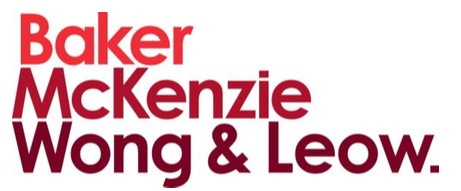3 October, 2019
On 1 Sep 2019, the Food (Amendment No. 2) Regulations (the “New Regulations”) came into operation, implementing new rules on the labelling and advertising of infant formula products. The New Regulations will supplement the existing laws under the Sale of Food Act (Food Regulations) (the “Food Regulations”).
The revisions come two years after the Singapore Food Agency’s (the “SFA”) public consultation with stakeholders to tighten the labelling and advertising requirements for infant formula products, as part of the government’s efforts to promote breastfeeding and counter the industry’s aggressive marketing and “premiumisation” of infant formula. The New Regulations only target infant formula products designed for infants under 12 months of age, and do not affect other infant foods such as cereals and fruit puree.
In particular, the New Regulations now make it compulsory for infant formula labels to feature:
-
Warning statements about the health hazards of improper use, preparation or storage of infant formula; and
-
-
Prominently displayed statements to ensure that consumers understand that breast milk is best for infants and that the infant formula should be used on the advice of a doctor or a healthcare practitioner.
Where the infant formula is marketed as being “lactose free” or “low lactose”, its total lactose content must be less than 10mg per 100 kcal. The accompanying label for such formula must also include:
a. Claims along the lines of “low lactose” or “lactose free”;
b. A statement in the nutrition information panel stating the exact amount of lactose in the infant formula; and
c. The warning statement “Not suitable for infants with galactosaemia” in the same font, size and in close proximity to the words “low lactose” or “lactose free”, if the infant formula is manufactured from protein sources other than soya protein isolates.
The New Regulations further prohibit infant formula labels and advertisements from containing, among others:
-
Claims about the health effects of the product, its ingredients or components;
-
Any claim idealising the effects of infant formula;
-
Comparisons to breast milk;
-
Representations of infants, pregnant or nursing women; and
-
Words connotative of breastfeeding such as “humanised” or “maternalised”.
Companies will have a 12-month grace period until 1 September 2020 to comply with the New Regulations.
The New Regulations reinforce the government’s efforts to promote breastfeeding by ensuring that consumers are aware that infant formulas are not replacements for breast milk. Reports have shown that unlike infant formulas, breast milk contains important antibodies needed to protect infants from illnesses such as diarrohea and pneumonia.
However, it remains unclear whether the new prohibitions on graphics and words will bar some companies’ trade marks which contain pictorial illustrations of infants, pregnant or nursing women, from being featured on their own infant formula packaging. This is since the Sale of Food Act provides for the implementation of regulations to prohibit the use of certain trade marks in relation to food packaging and advertisements. At this point in time, following the public consultation with stakeholders, the SFA has only clarified that the prohibition on health effect-related claims is not applicable to trade marks.
The New Regulations can be found here. The SFA has also published an accompanying list of Frequently Asked Questions and responses relating to the New Regulations accessible here.
For further information, please contact:
Andy Leck, Principal, Baker & McKenzie.Wong & Leow
andy.leck@bakermckenzie.com





